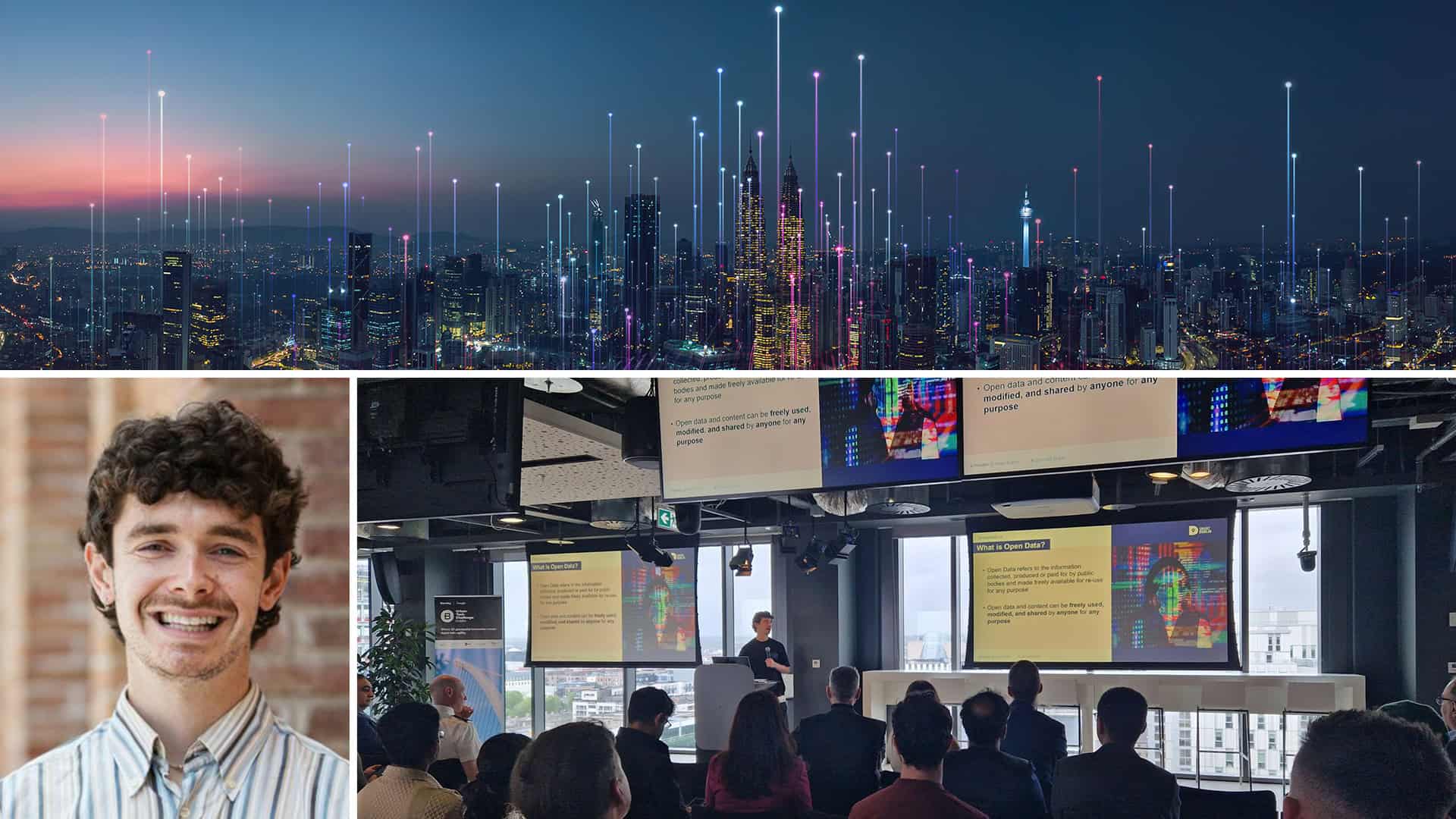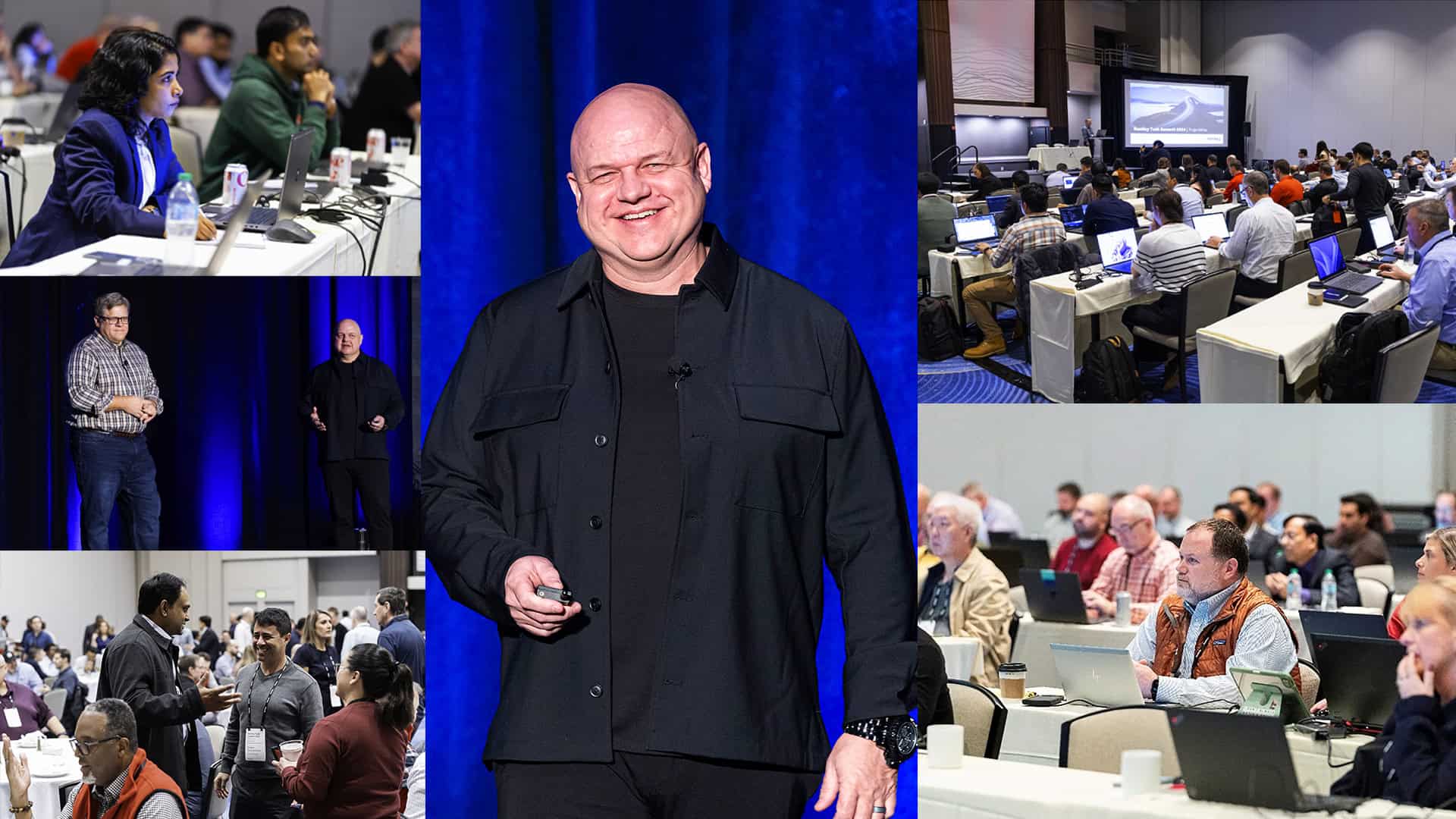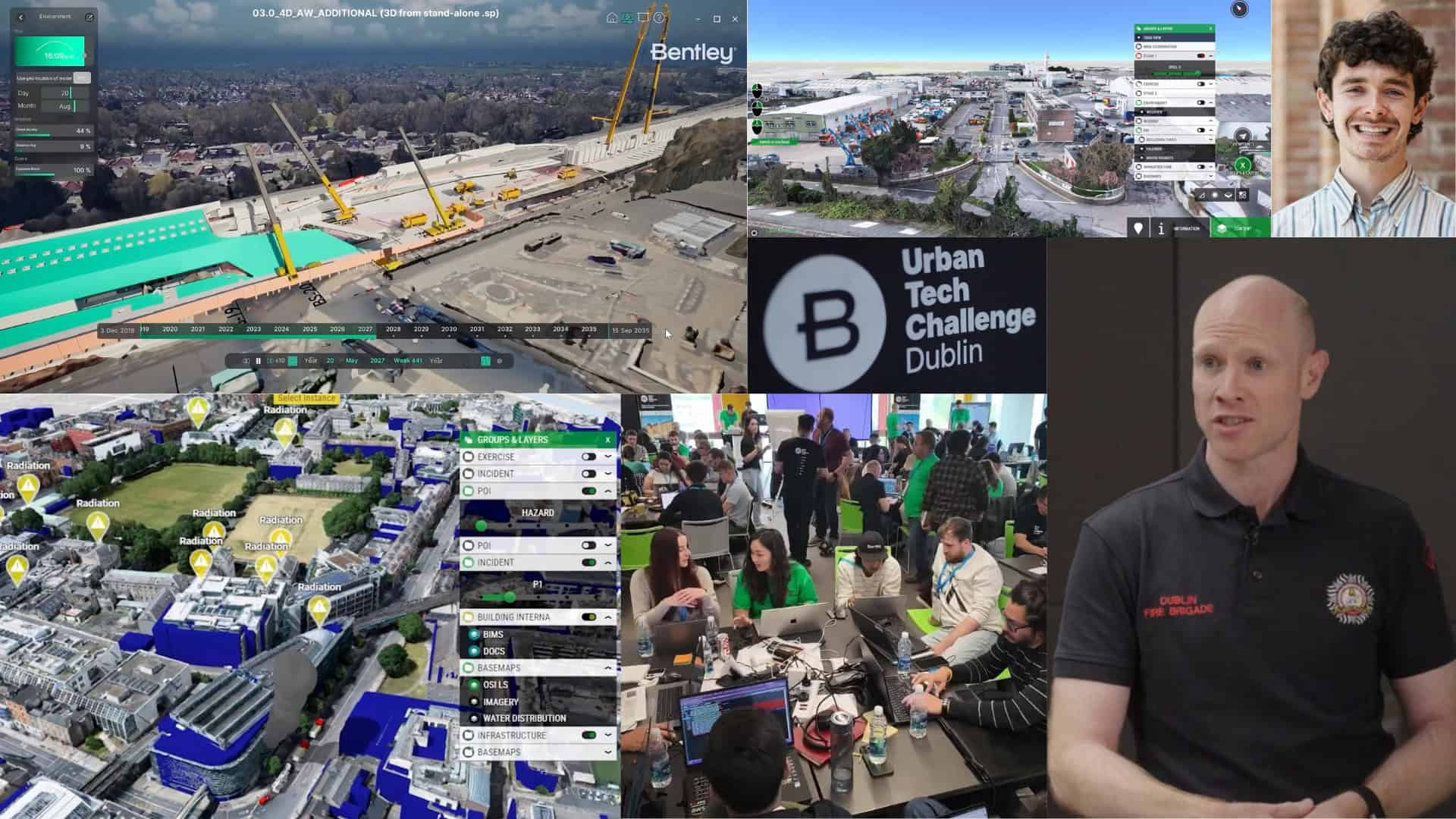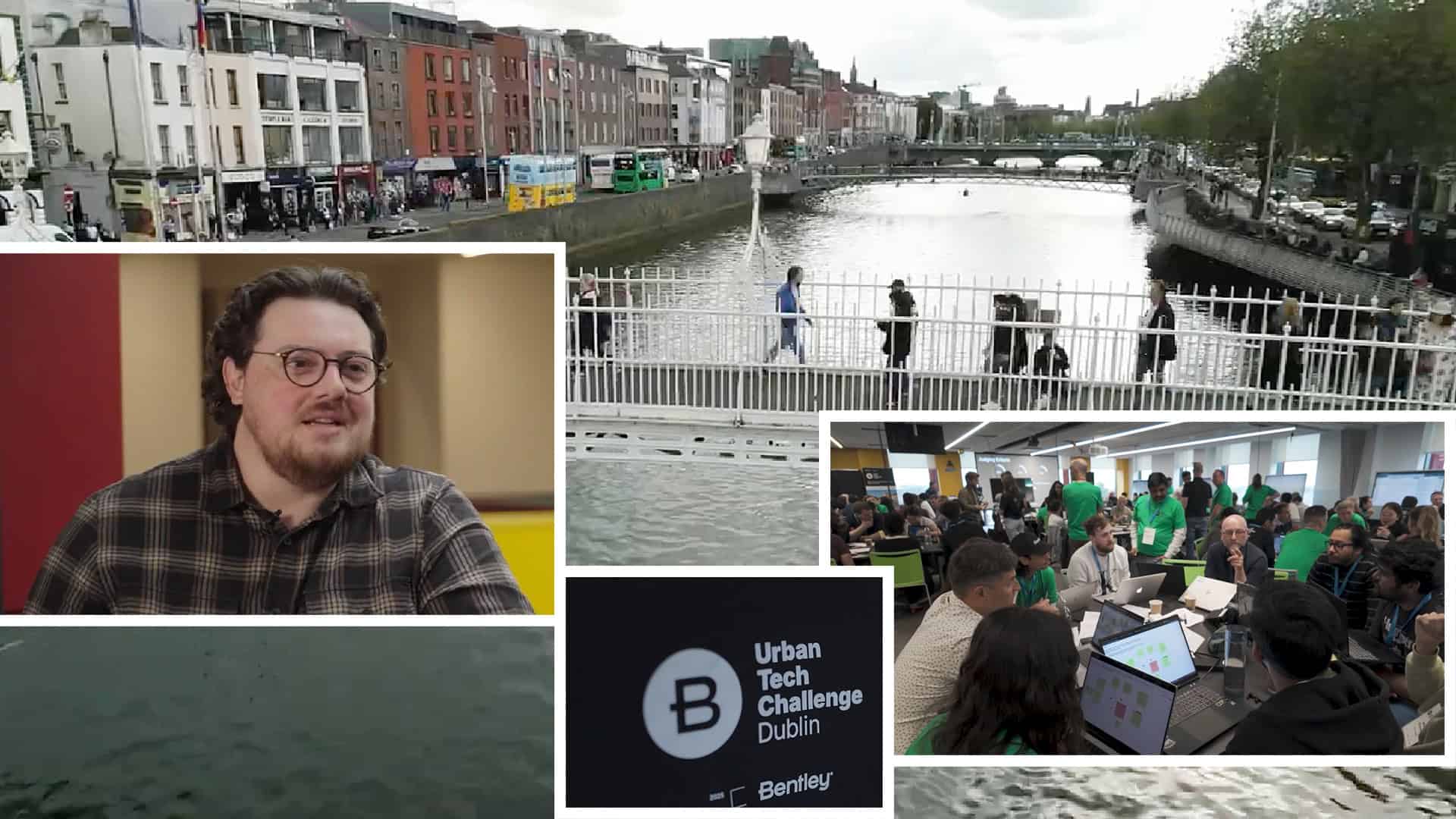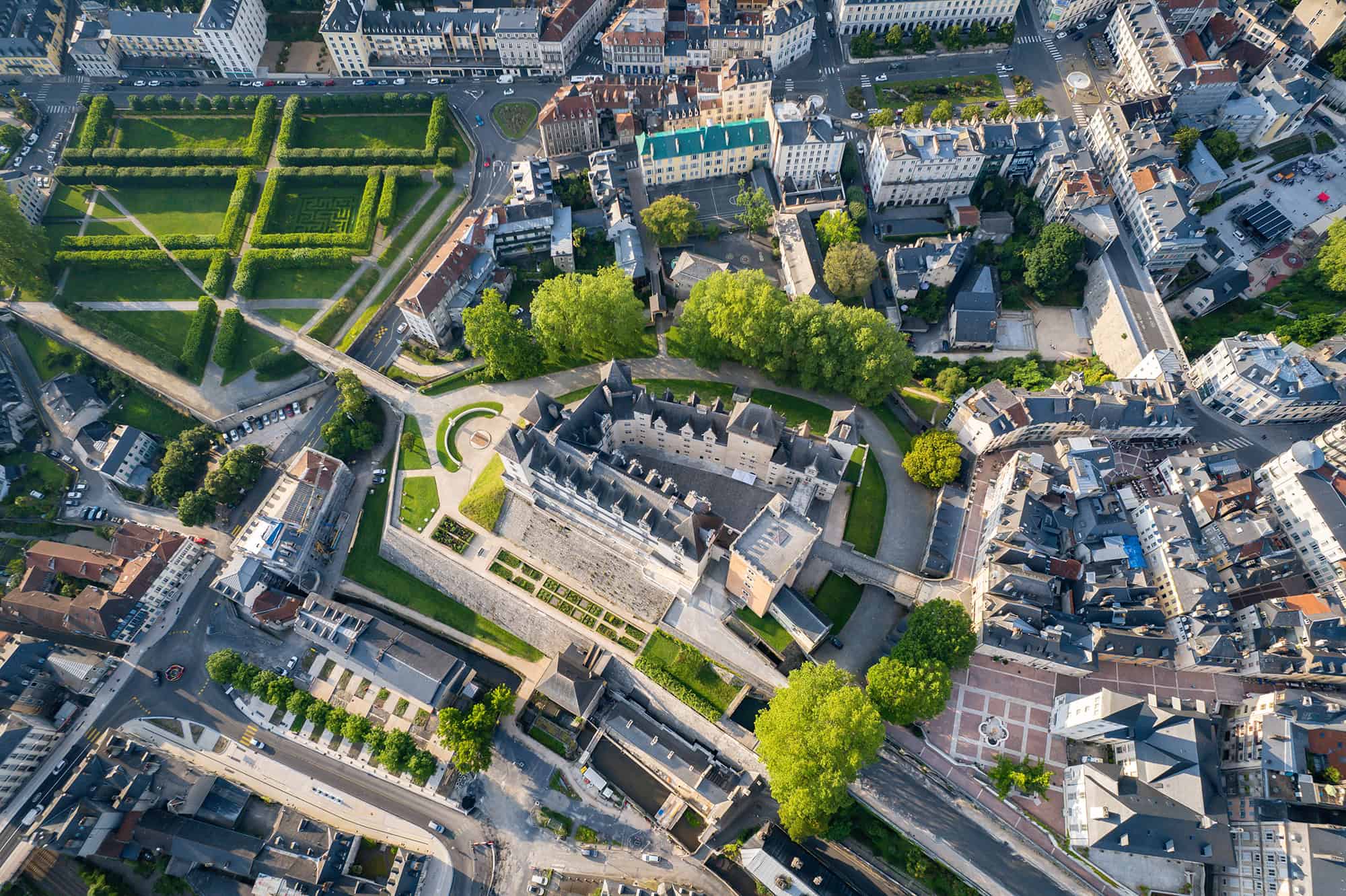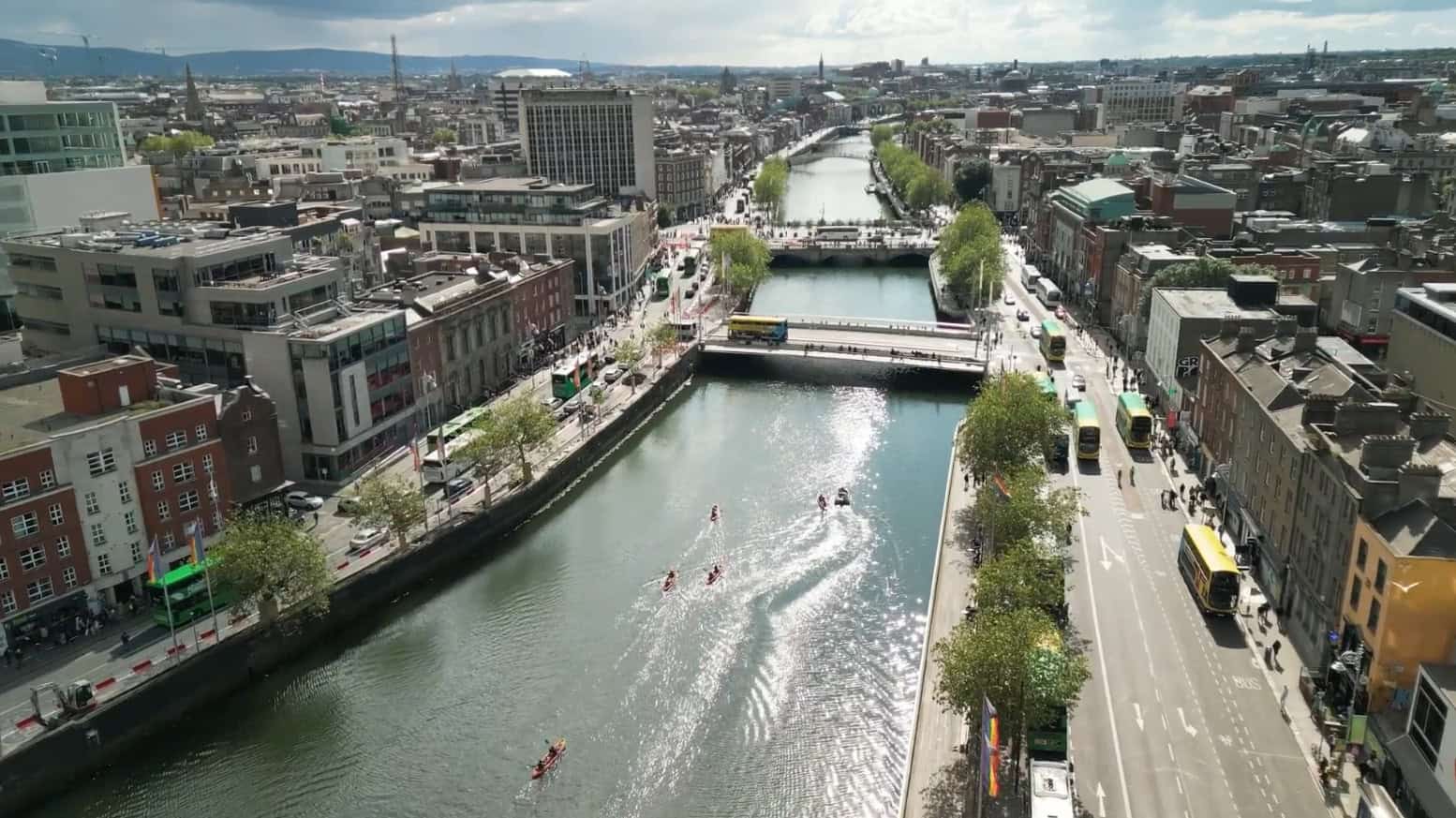Jack Kavanagh is leading an effort to make municipal data work harder. As the open data lead at Smart Dublin, a joint initiative of the Irish capital’s four local authorities, Kavanagh manages a portal that consolidates public datasets ranging from traffic and air quality to planning and infrastructure. The goal is to make the data transparent, more accessible, and more useful to help reduce bureaucracy and fuel innovation.
 Jack Kavanaugh
Jack KavanaughThe data is free to use and increasingly vital to how cities operate. Kavanagh says it also plays a critical role in powering digital twins, the virtual models that many cities are building to simulate and manage real-world infrastructure. “Without open data, digital twins are just pretty models,” he says.
We caught up with Kavanagh in June during the first Urban Tech Challenge at Dublin City University. The hackathon was organized by Bentley Systems, the global infrastructure engineering software company, and brought together students, academics, and technologists to find solutions to real urban problems.
We asked Kavanagh why open access is essential. Here’s an edited version of our conversation.
Bentley: What is Smart Dublin, and what do you do there?
Jack Kavanagh: I’m the open data lead at Smart Dublin, which is a joint initiative by Dublin’s four local authorities. We work with universities and tech partners to find smart solutions to urban challenges. I manage our open data portal, which brings together datasets from across the city—everything from planning and transport to environmental sensors.
Bentley: Let’s go back to basics. What is open data?
JK: It’s any data generated by a public body that’s made freely available for anyone to use—for any purpose. There are no restrictions. If you want to build a business, write a paper, or just poke around, it’s there for you.
Bentley: Why is that important?
JK: For one, transparency. The public can see what the government is doing, and elected officials can access information quickly. It also reduces the need for time-consuming freedom of information requests. But it’s also a catalyst for innovation—developers, researchers, and startups can build on it without barriers.
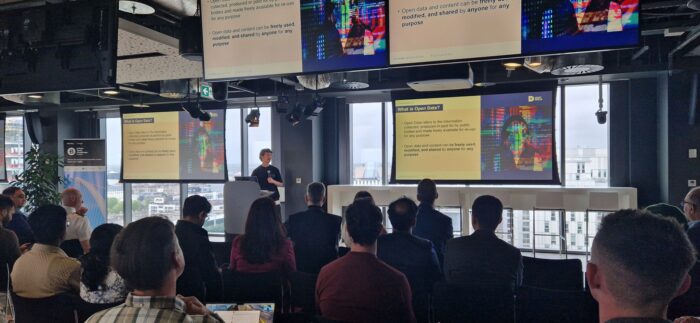 Smart Dublin’s Jack Kavanagh discusses the importance of open data for innovation.
Smart Dublin’s Jack Kavanagh discusses the importance of open data for innovation.Bentley: At Bentley, we often talk about digital twins. What role does open data play there?
JK: A digital twin might look great, but without current, reliable data feeding into it, it becomes useless pretty fast. Open data is what keeps it alive—accurate, up-to-date, and actually useful for decision-making. It’s the backbone of any serious digital twin effort.
Bentley: So anyone can use that data to build or improve a digital twin?
JK: Exactly. If the data is API-linked and standardized, it can plug right in—whether you’re a startup, university, or council planner. It speeds everything up and makes collaboration easier.
Bentley: Is it just for external use, or do city employees use it too?
JK: They do. In fact, Toronto’s open data team told us their biggest users are city employees. Instead of digging through internal systems, they just search the open data portal. We see the same here: It saves time and improves internal decisions too.
Bentley: But keeping data updated isn’t easy, right?
JK: It’s a big challenge. Some datasets are automated, others are managed manually. Even with APIs, you still need to make sure sensors are working and data is flowing properly. We’ve been doing a lot of validation projects lately—sometimes the results aren’t what you want to see, but that’s part of getting better.
Bentley: What is the bottom line?
JK: Data is the lifeblood of smart cities. Without open, accurate, and regularly updated data, your digital twin is just a pretty model—and not a very useful one.

